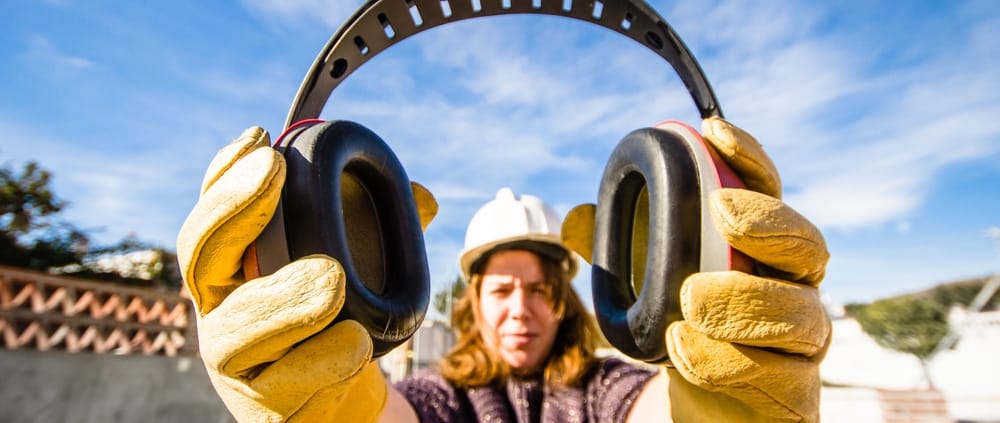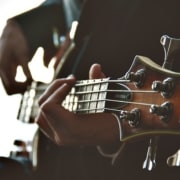Types of Hearing Protection and Why They Matter
We’ve heard a lot about PPE (personal protective equipment) during the pandemic. But there’s another kind of PPE that didn’t get the spotlight in 2020. It’s just as important — and that’s hearing protection. For those with noisy jobs or hobbies, proper hearing protection is key to preserving your hearing.
Did you know that 12% of people under 65 have noise-related hearing loss? 24% of this hearing loss is caused by their job. Eight percent of people also have tinnitus or ringing of the ears, which can also be partially or fully caused by loud sound exposure that hearing protection prevents.
Consistency is key to protecting your hearing.
Sounds as low as 85 dBA for 8 hours can cause hearing loss. This is roughly the volume of a person yelling. At around 100 (the volume of a tractor), hearing loss can happen in just 15 minutes. Sounds like those from jackhammers, sirens, pneumatic drills, and jet engines can cause instant hearing loss.
The amount of hearing protection PPE offers is measured in NRR (Noise Reduction Rating). The NRR represents the approximate number of decibels hearing protection keeps from reaching your inner ear.
Here are four types of ear protectors to help you keep only safe levels of sound coming in.
Disposable Earplugs / Expandable Foam Ear Plugs
This type of ear protector expands into the outer ear canal to press gently against the wall of the ears. Like all ear protection, it slows and disrupts the sound waves that try to enter the ear, so that sound from the outside seems much quieter.
When worn correctly, foam ear plugs can block up to approximately 30 decibels of sound.
Earmuffs
This type of earmuff is built for hearing protection, not winter weather. They fit completely over the outer ear to slow and block sound waves. They can be worn alone to provide up to around 30 decibels of protection or with earplugs to increase hearing protection. In very loud occupations, this extra protection may be needed and even required by the Occupational Safety and Health Administration (OSHA).
Wearing earplugs plus earmuffs doesn’t, however, double your protection. As a rule of thumb, when combining two types of hearing protection, you can add about 5 decibels of protection to the higher NRR of the two devices.
Ear Caps / Canal Caps
Ear caps are plugs that are typically attached to a band that is worn over the head or around the neck. This makes the ear protector more available for those who need to remove their plugs frequently to communicate and may otherwise forget to replace them.
Custom Reusable Earplugs
Other ear protectors block a certain level of all sound. This creates a closed-off, isolated feeling for the wearer, which can hinder communication. Custom reusable earplugs are different. I can personalize custom-molded earplugs to filter certain types of sound while allowing you to hear speech or music. For musicians and those in the industry, preserving these sounds is critical to functioning at work. Devices like custom earplugs and in-ear monitors solve these problems.
Hearing is a precious gift that we often don’t appreciate until it starts to fail. Using devices like these help you keep more of your hearing. Please contact my office to get a hearing test and discuss custom hearing protection.




